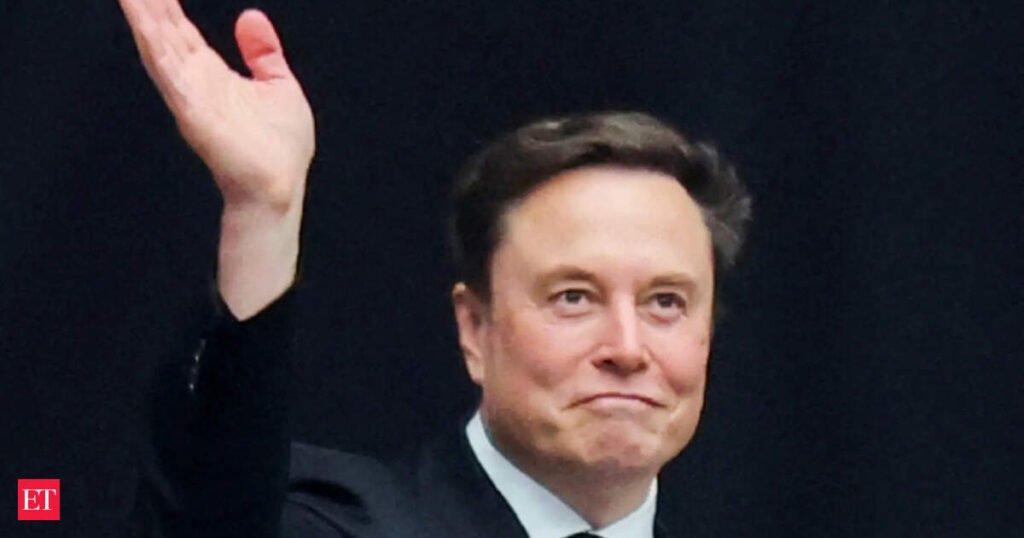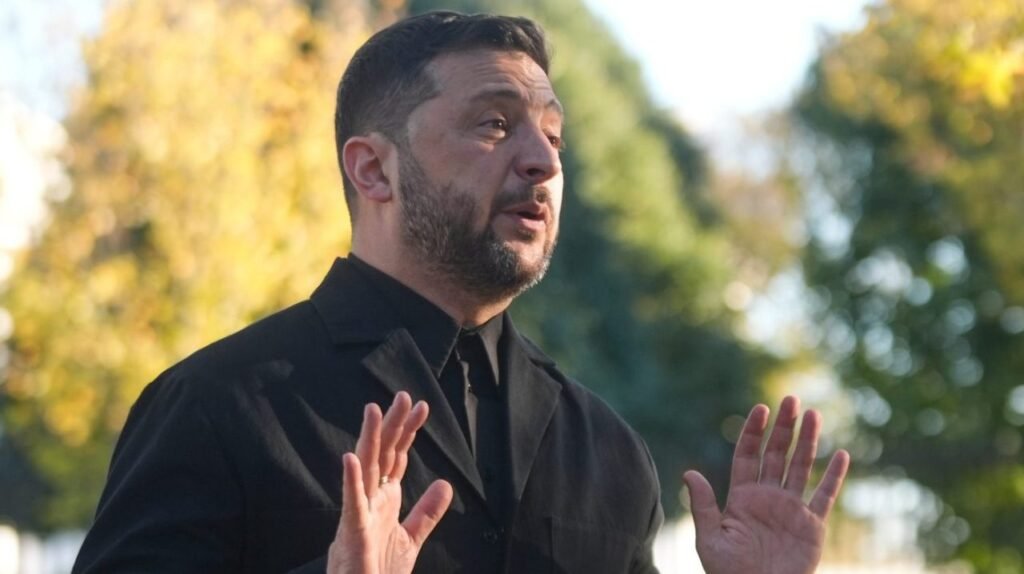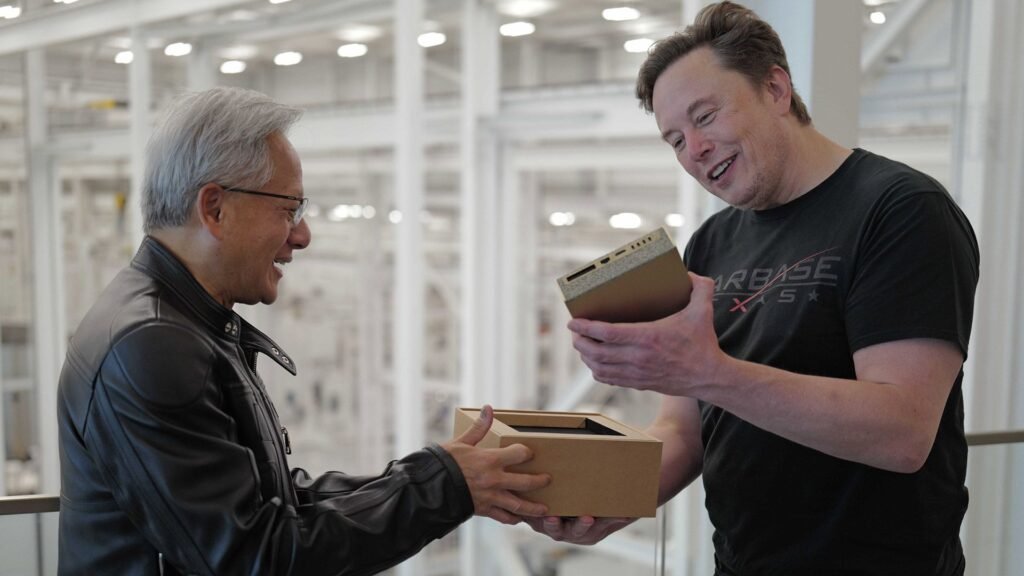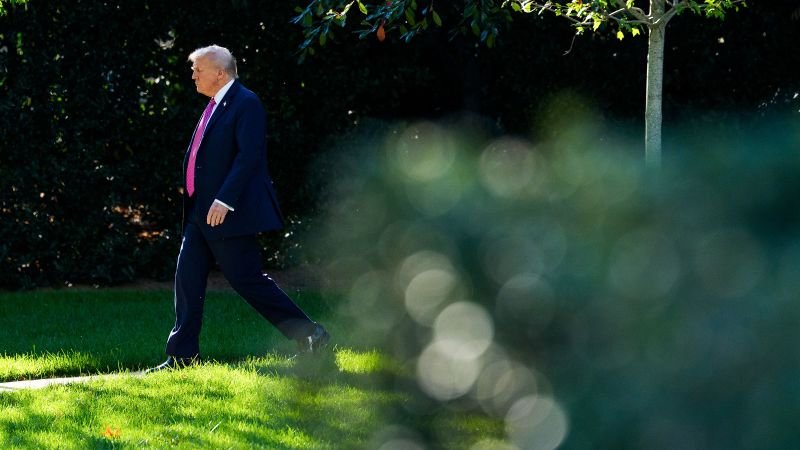Donald Trump has repeatedly said he wants to see the war Russia imposed on Ukraine come to an end. How could one disagree with such a goal? To achieve it, it, however, the president of the United States must finally break with his flip-flopping and adopt a clear position. The past week offered yet another illustration of his indecision. After finally acknowledging the emptiness of the Anchorage summit held in August in Alaska – where he multiplied gestures of deference toward the Kremlin leader without obtaining anything in return –Trump threatened on Monday, October 13, to supply Tomahawk cruise missiles to Kyiv if Vladimir Putin did not end his aggression.
The US president appeared determined to create a balance of power with a leader who understands only that language. But this show of strength did not survive a lengthy phone call with his Russian counterpart on October 16, during which the latter clearly regained the upper hand. VPutin notably dangled the prospect of another meeting, this time in Hungary, where he knows he can rely on the support of Prime Minister Viktor Orban.
While receiving the Ukrainian president at the White House the following day, Trump backtracked on the issue of supplying cruise missiles, citing insufficient US stockpiles and a desire to avoid “escalation.” Putin showed no such hesitation in the weeks following the Anchorage summit, unleashing unprecedented bombardments on Ukraine’s cities and civilian infrastructure.
By then declaring on his social media platform that “it is time to stop the killing and make a DEAL,” Trump – who proposed halting hostilities along the current front lines – once again tried to position himself equidistant between the two belligerents, putting the aggressor and the victim on the same level. The consequences of this stance have been clear for more than eight months: a paralysis that Russia has continually exploited. Welcomed at the White House in a less hostile atmosphere than during his February visit, Volodymyr Zelensky reminded everyone of a simple truth: “We want peace. Putin doesn’t want. That’s why we need pressure on him.”
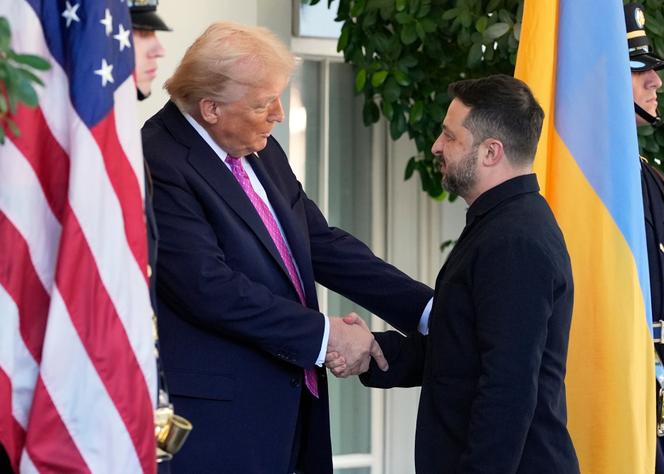
Trump has continued to resist exerting that pressure. His U-turn on the Tomahawk missiles is one such example. Yet these weapons are among the missing tools for the Ukrainian military, which has accomplished remarkable feats since the Russian invasion of 2022 in the face of a much more powerful enemy. Even setting aside their potential use to strike drone production sites from which attacks on Ukraine originate, delivering them to Kyiv would send an unequivocal message of US commitment to Kyiv.
Added to this are the threats of sanctions that have gone unheeded – measures Trump has repeatedly brandished since returning to the White House, without ever following through. During their tense February meeting in the Oval Office, Trump admonished his Ukrainian counterpart, saying among other things that he did not “hold the cards.” The way he plays his own, meanwhile, remains exasperating.
Le Monde
Translation of an original article published in French on lemonde.fr; the publisher may only be liable for the French version.

